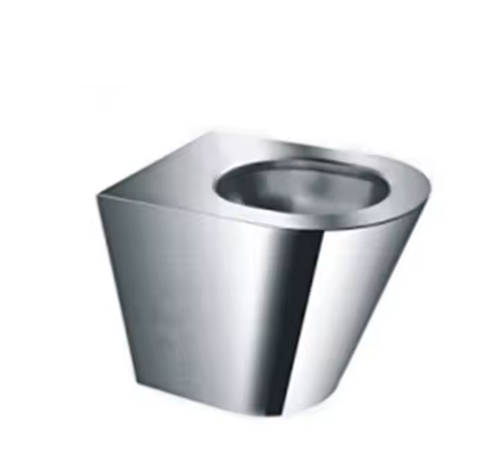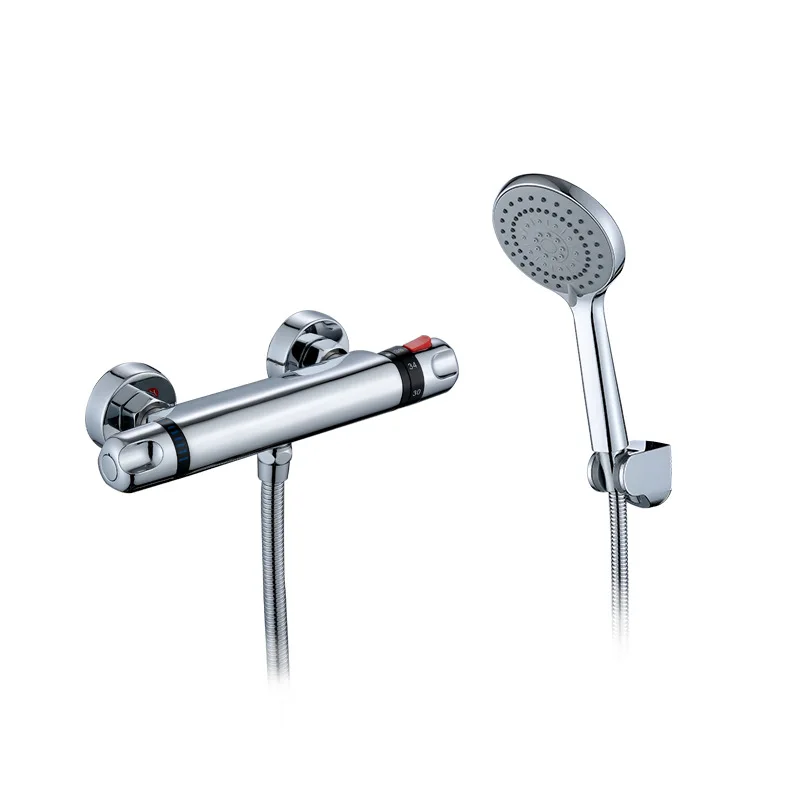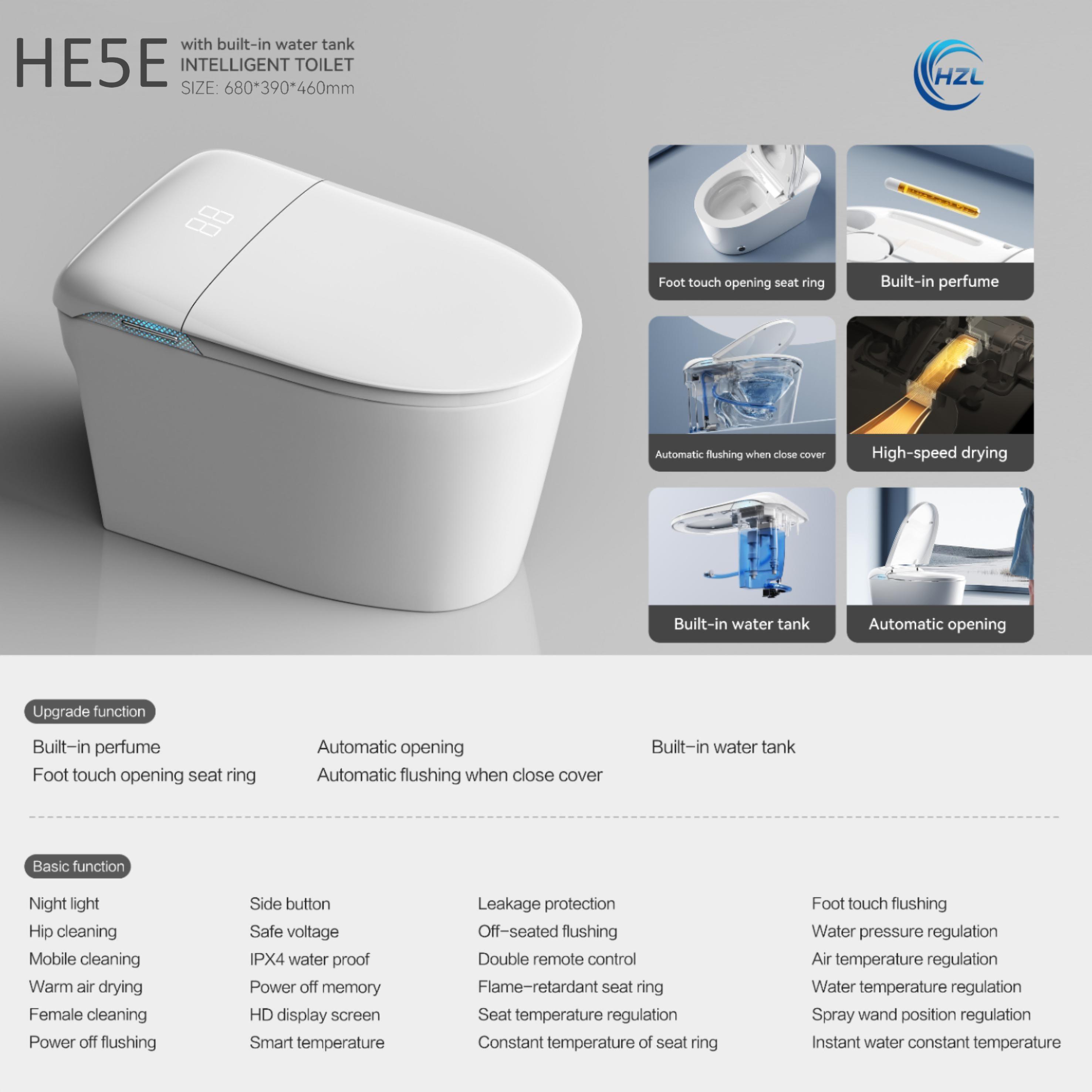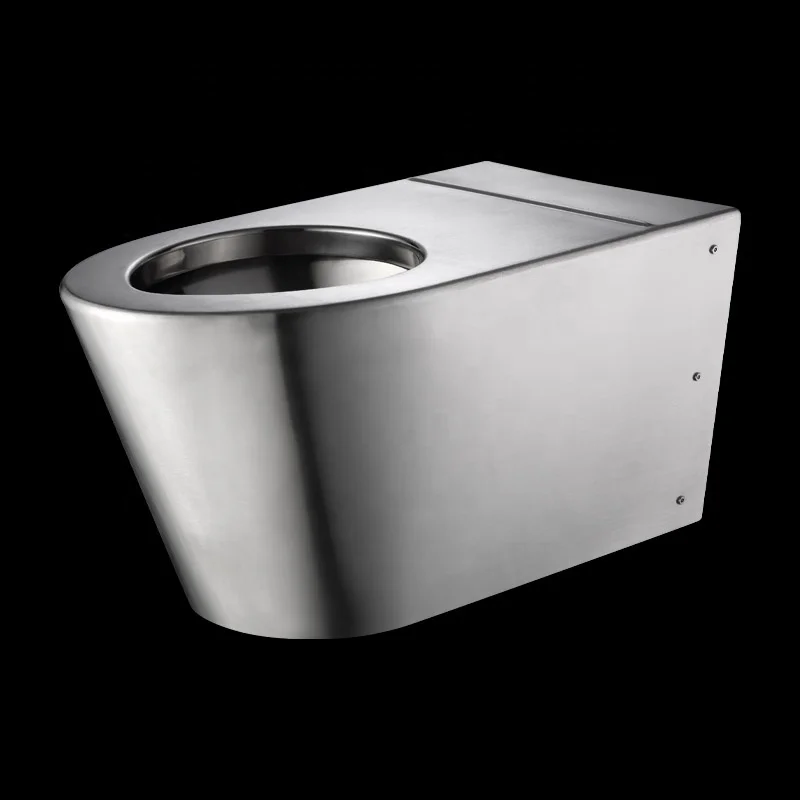-
 Agriculture
Agriculture
-
 Health-Care
Health-Care
-
 Environment
Environment
-
 Construction-Real-Estate
Construction-Real-Estate
-
 Tools-Hardware
Tools-Hardware
-
 Home-Garden
Home-Garden
-
 Furniture
Furniture
-
 Luggage-Bags-Cases
Luggage-Bags-Cases
-
 Medical-devices-Supplies
Medical-devices-Supplies
-
 Gifts-Crafts
Gifts-Crafts
-
 Sports-Entertainment
Sports-Entertainment
-
 Food-Beverage
Food-Beverage
-
 Vehicles-Transportation
Vehicles-Transportation
-
 Power-Transmission
Power-Transmission
-
 Material-Handling
Material-Handling
-
 Renewable-Energy
Renewable-Energy
-
 Safety
Safety
-
 Testing-Instrument-Equipment
Testing-Instrument-Equipment
-
 Construction-Building-Machinery
Construction-Building-Machinery
-
 Pet-Supplies
Pet-Supplies
-
 Personal-Care-Household-Cleaning
Personal-Care-Household-Cleaning
-
 Vehicle-Accessories-Electronics-Tools
Vehicle-Accessories-Electronics-Tools
-
 School-Office-Supplies
School-Office-Supplies
-
 Packaging-Printing
Packaging-Printing
-
 Mother-Kids-Toys
Mother-Kids-Toys
-
 Business-Services
Business-Services
-
 Commercial-Equipment-Machinery
Commercial-Equipment-Machinery
-
 Apparel-Accessories
Apparel-Accessories
-
 Security
Security
-
 Shoes-Accessories
Shoes-Accessories
-
 Vehicle-Parts-Accessories
Vehicle-Parts-Accessories
-
 Jewelry-Eyewear-Watches-Accessories
Jewelry-Eyewear-Watches-Accessories
-
 Lights-Lighting
Lights-Lighting
-
 Fabric-Textile-Raw-Material
Fabric-Textile-Raw-Material
-
 Fabrication-Services
Fabrication-Services
-
 Industrial-Machinery
Industrial-Machinery
-
 Consumer-Electronics
Consumer-Electronics
-
 Electrical-Equipment-Supplies
Electrical-Equipment-Supplies
-
 Electronic-Components-Accessories-Telecommunications
Electronic-Components-Accessories-Telecommunications
-
 Home-Appliances
Home-Appliances
-
 Beauty
Beauty
-
 Chemicals
Chemicals
-
 Rubber-Plastics
Rubber-Plastics
-
 Metals-Alloys
Metals-Alloys
- Masonry Materials
- Curtain Walls & Accessories
- Earthwork Products
- Fireproofing Materials
- Heat Insulation Materials
- Plastic Building Materials
- Building Boards
- Soundproofing Materials
- Timber
- Waterproofing Materials
- Balustrades & Handrails
- Bathroom & Kitchen
- Flooring & Accessories
- Tiles & Accessories
- Door, Window & Accessories
- Fireplaces & Stoves
- Floor Heating Systems & Parts
- Stairs & Stair Parts
- Ceilings
- Elevators & Escalators
- Stone
- Countertops, Vanity Tops & Table Tops
- Mosaics
- Metal Building Materials
- Multifunctional Materials
- Ladders & Scaffoldings
- Mouldings
- Corner Guards
- Decorative Films
- Formwork
- Building & Industrial Glass
- Other Construction & Real Estate
- Wallpapers/Wall panels
- HVAC System & Parts
- Outdoor Facilities
- Prefabricated Buildings
- Festive & Party Supplies
- Bathroom Products
- Household Sundries
- Rain Gear
- Garden Supplies
- Household Cleaning Tools & Accessories
- Lighters & Smoking Accessories
- Home Storage & Organization
- Household Scales
- Smart Home Improvement
- Home Textiles
- Kitchenware
- Drinkware & Accessories
- Dinnerware, Coffee & Wine
- Home Decor
- Golf
- Fitness & Body Building
- Amusement Park Facilities
- Billiards, Board Game,Coin Operated Games
- Musical Instruments
- Outdoor Affordable Luxury Sports
- Camping & Hiking
- Fishing
- Sports Safety&Rehabilitation
- Ball Sports Equipments
- Water Sports
- Winter Sports
- Luxury Travel Equipments
- Sports Shoes, Bags & Accessories
- Cycling
- Other Sports & Entertainment Products
- Artificial Grass&Sports Flooring&Sports Court Equipment
- Scooters
- Food Ingredients
- Honey & Honey Products
- Snacks
- Nuts & Kernels
- Seafood
- Plant & Animal Oil
- Beverages
- Fruit & Vegetable Products
- Frog & Escargot
- Bean Products
- Egg Products
- Dairy Products
- Seasonings & Condiments
- Canned Food
- Instant Food
- Baked Goods
- Other Food & Beverage
- Meat & Poultry
- Confectionery
- Grain Products
- Feminie Care
- Hair Care & Styling
- Body Care
- Hands & Feet Care
- Hygiene Products
- Men's Grooming
- Laundry Cleaning Supplies
- Travel Size & Gift Sets
- Room Deodorizers
- Other Personal Care Products
- Pest Control Products
- Special Household Cleaning
- Floor Cleaning
- Kitchen & Bathroom Cleaning
- Oral Care
- Bath Supplies
- Yellow Pages
- Correction Supplies
- Office Binding Supplies
- Office Cutting Supplies
- Board Erasers
- Office Adhesives & Tapes
- Education Supplies
- Pencil Cases & Bags
- Notebooks & Writing Pads
- File Folder Accessories
- Calendars
- Writing Accessories
- Commercial Office Supplies
- Pencil Sharpeners
- Pens
- Letter Pad/Paper
- Paper Envelopes
- Desk Organizers
- Pencils
- Markers & Highlighters
- Filing Products
- Art Supplies
- Easels
- Badge Holder & Accessories
- Office Paper
- Printer Supplies
- Book Covers
- Other Office & School Supplies
- Stationery Set
- Boards
- Clipboards
- Stamps
- Drafting Supplies
- Stencils
- Electronic Dictionary
- Books
- Map
- Magazines
- Calculators
- Baby & Toddler Toys
- Educational Toys
- Classic Toys
- Dress Up & Pretend Play
- Toy Vehicle
- Stuffed Animals & Plush Toys
- Outdoor Toys & Structures
- Balloons & Accessories
- Baby Food
- Children's Clothing
- Baby Supplies & Products
- Maternity Clothes
- Kids Shoes
- Baby Care
- Novelty & Gag Toys
- Dolls & Accessories
- Puzzle & Games
- Blocks & Model Building Toys
- Toddler Clothing
- Baby Clothing
- Kids' Luggage & Bags
- Arts, Crafts & DIY Toys
- Action & Toy Figures
- Baby Appliances
- Hobbies & Models
- Remote Control Toys
- Promotional Toys
- Pregnancy & Maternity
- Hygiene Products
- Kid's Textile&Bedding
- Novelty & Special Use
- Toy Weapons
- Baby Gifts
- Baby Storage & Organization
- Auto Drive Systems
- ATV/UTV Parts & Accessories
- Marine Parts & Accessories
- Other Auto Parts
- Trailer Parts & Accessories
- Auto Transmission Systems
- Train Parts & Accessories
- Universal Parts
- Railway Parts & Accessories
- Auto Brake Systems
- Aviation Parts & Accessories
- Truck Parts & Accessories
- Auto Suspension Systems
- Auto Lighting Systems
- New Energy Vehicle Parts & Accessories
- Auto Steering Systems
- Wheels, Tires & Accessories
- Bus Parts & Accessories
- Auto Performance Parts
- Cooling System
- Go-Kart & Kart Racer Parts & Accessories
- Air Conditioning Systems
- Heavy Duty Vehicle Parts & Accessories
- Auto Electrical Systems
- Auto Body Systems
- Auto Engine Systems
- Container Parts & Accessories
- Motorcycle Parts & Accessories
- Refrigeration & Heat Exchange Equipment
- Machine Tool Equipment
- Food & Beverage Machinery
- Agricultural Machinery & Equipment
- Apparel & Textile Machinery
- Chemical Machinery
- Packaging Machines
- Paper Production Machinery
- Plastic & Rubber Processing Machinery
- Industrial Robots
- Electronic Products Machinery
- Metal & Metallurgy Machinery
- Woodworking Machinery
- Home Product Manufacturing Machinery
- Machinery Accessories
- Environmental Machinery
- Machinery Service
- Electrical Equipment Manufacturing Machinery
- Industrial Compressors & Parts
- Tobacco & Cigarette Machinery
- Production Line
- Used Industrial Machinery
- Electronics Production Machinery
- Other Machinery & Industrial Equipment
- Camera, Photo & Accessories
- Portable Audio, Video & Accessories
- Television, Home Audio, Video & Accessories
- Video Games & Accessories
- Mobile Phone & Accessories
- Electronic Publications
- Earphone & Headphone & Accessories
- Speakers & Accessories
- Smart Electronics
- TV Receivers & Accessories
- Mobile Phone & Computer Repair Parts
- Chargers, Batteries & Power Supplies
- Used Electronics
- VR, AR, MR Hardware & Software
- Projectors & Presentation Equipments
- Other Consumer Electronics
- Cables & Commonly Used Accessories
- Computer Hardware & Software
- Displays, Signage and Optoelectronics
- Discrete Semiconductors
- Wireless & IoT Module and Products
- Telecommunications
- Connectors, Terminals & Accessories
- Development Boards, Electronic Modules and Kits
- Circuit Protection
- Sensors
- Isolators
- Audio Components and Products
- Integrated Circuits
- Power Supplies
- Relays
- RF, Microwave and RFID
- Electronic Accessories & Supplies
- Passive Components
- PCB & PCBA
- Air Quality Appliances
- Home Appliance Parts
- Heating & Cooling Appliances
- Small Kitchen Appliances
- Laundry Appliances
- Water Heaters
- Water Treatment Appliances
- Refrigerators & Freezers
- Personal Care & Beauty Appliances
- Major Kitchen Appliances
- Cleaning Appliances
- Second-hand Appliances
- Smart Home Appliances
- Other Home Appliances
- Energy Chemicals
- Inorganic Chemicals
- Basic Organic Chemicals
- Agrochemicals
- Admixture & Additives
- Catalysts & Chemical Auxiliary Agents
- Pigments & Dyestuff
- Coating & Paint
- Daily Chemicals
- Polymer
- Organic Intermediate
- Adhesives & Sealants
- Chemical Waste
- Biological Chemical Products
- Surface Treatment Chemicals
- Painting & Coating
- Chemical Reagents
- Flavor & Fragrance
- Non-Explosive Demolition Agents
- Other Chemicals
- Custom Chemical Services
Bathroom & Kitchen

在當代建築與室內設計領域,衛生設備的選擇不僅關乎實用性,更直接影響空間的整體美學與耐久性。其中,高級不鏽鋼馬桶作為一種創新型衛生潔具,正逐漸成為商業與住宅項目的首選。這類產品以優質不鏽鋼材料為核心,結合現代化工藝,提供批發服務,滿足大規模項目需求。無論是高端酒店、辦公大樓,還是私人住宅,其耐用、衛生且時尚的特性能夠適應多元場景,為用戶帶來長遠價值。本文將深入探討高級不鏽鋼馬桶的優勢,幫助讀者了解為何它能在市場中脫穎而出。
材料與耐用性:不鏽鋼的卓越特性
高級不鏽鋼馬桶的核心優勢在於其材料選擇。不鏽鋼以其出色的抗腐蝕性和高強度聞名,能夠長期抵抗潮濕環境中的鏽蝕和磨損。這使得產品在頻繁使用的商業場所,如機場、購物中心,仍能保持如新的外觀。此外,不鏽鋼表面光滑,不易積聚污垢,減少了清潔維護的頻率。
從長遠角度來看,這種耐用性直接轉化為經濟效益。與傳統陶瓷或塑料馬桶相比,不鏽鋼馬桶的使用壽命更長,減少了更換和維修的成本。對於批發採購的項目方而言,這意味著更低的總體擁有成本,同時提升了空間的可靠性。因此,無論是面對高客流量的公共設施,還是追求品質的住宅項目,不鏽鋼材料都能提供持久保障。
設計與現代美學:融合功能與風格
現代衛生潔具不僅要實用,還需符合當代設計潮流。高級不鏽鋼馬桶在設計上注重簡約與流線型,其金屬質感能輕鬆融入工業風、極簡主義或高科技風格的空間。這種視覺上的統一性,使得它成為設計師和建築師的寵兒,能夠提升整體環境的檔次。
除了外觀,設計還體現在人性化細節上。許多不鏽鋼馬桶配備了節水技術、智能沖洗系統和符合人體工學的座圈,增強了使用舒適度。在批發供應中,廠商通常提供定制選項,如尺寸調整或表面處理,以滿足不同項目的特定需求。這種靈活性確保了產品既能滿足商業項目的標準化要求,也能適應住宅的個性化追求。
衛生與環保:提升健康與可持續性
衛生是選擇馬桶時的重要考量。不鏽鋼的非多孔表面能有效抑制細菌和黴菌滋生,這在醫院、學校等對衛生要求嚴格的場所尤為關鍵。同時,材料本身無毒且易於消毒,有助於維護公共健康。對於住宅用戶而言,這也意味著更安全的家庭環境。
在環保方面,不鏽鋼馬桶展現出顯著優勢。其材料可回收利用,減少了資源浪費,符合綠色建築趨勢。此外,結合節水設計,產品能大幅降低用水量,為商業和住宅項目節省水資源。批發供應鏈中的規模化生產,進一步降低了碳足跡,使項目方能兼顧經濟效益與環境責任。
批發與應用場景:滿足多元項目需求
高級不鏽鋼馬桶的批發模式,為大型項目提供了便利。批發商通常提供一站式服務,包括產品選型、物流配送和技術支持,這簡化了採購流程,降低了項目管理的複雜性。對於開發商或承包商來說,這能確保衛生設備的及時供應和品質一致性。
應用場景廣泛是不鏽鋼馬桶的另一亮點。在商業領域,它適用於酒店、餐廳、辦公樓等場所,其耐用性和衛生標準能應對高強度使用。在住宅項目中,從高端公寓到別墅,其現代設計能提升生活品質。此外,戶外或半開放空間,如公園或體育館,也能受益於其耐候特性。這種多功能性使得批發採購更具成本效益,滿足不同預算和設計要求。

Imagine stepping into your bathroom and being greeted by the soothing ambiance of a luxury spa, where every detail is designed to provide relaxation and rejuvenation. Our high-performance rainfall showerhead and modern faucet transform your daily routine into an indulgent escape, offering a spa-like upgrade that elevates your home experience. In today's fast-paced world, creating a personal sanctuary is more important than ever, and this combination delivers unmatched comfort and style. Whether you're starting your day with an energizing spray or unwinding in the evening, this setup brings the ultimate in shower luxury right to your doorstep, making it accessible and affordable for any household.
Superior Design and Aesthetics
The modern faucet and rainfall showerhead are crafted with sleek, contemporary lines that complement any bathroom decor. Made from premium materials like brushed nickel or matte black finishes, they add a touch of elegance while resisting corrosion and wear. The minimalist design not only enhances visual appeal but also ensures easy integration into both new renovations and existing spaces.
Beyond looks, the ergonomic features prioritize user comfort, with intuitive controls that allow for seamless adjustments. The showerhead's wide, flat surface distributes water evenly, creating a visually stunning rainfall effect that mimics nature. Together, these elements turn your bathroom into a cohesive, stylish retreat that reflects your personal taste and commitment to quality.
Unmatched Performance and Comfort
Engineered for high performance, the rainfall showerhead delivers a consistent, drenching flow that covers your entire body in a gentle yet invigorating cascade. Unlike standard showerheads, it maintains optimal water pressure without wasting resources, thanks to advanced flow-restriction technology. This ensures a luxurious experience that conserves water, reducing your environmental footprint while maximizing relaxation.
Additionally, the modern faucet offers precise temperature and flow control, preventing sudden shocks and allowing you to customize your bathing experience. The combination provides a sensory journey, from the soft patter of rainfall to the smooth operation of the faucet, making every shower feel like a visit to a high-end spa. Users report improved mood and reduced stress, highlighting how this upgrade enhances daily well-being.
Durability and Easy Maintenance
Built to last, these products feature robust construction with anti-clog nozzles and scratch-resistant surfaces, ensuring long-term reliability even in hard water conditions. The materials are chosen for their durability, reducing the need for frequent replacements and saving you money over time. This makes them a smart investment for homeowners seeking both luxury and practicality.
Cleaning and upkeep are straightforward, with simple wipe-downs keeping the fixtures looking new. The showerhead's self-cleaning jets prevent mineral buildup, while the faucet's leak-proof design minimizes potential issues. With minimal effort, you can maintain the pristine appearance and functionality, allowing you to focus on enjoying your spa-like bathroom for years to come.

Imagine a world where your bathroom becomes a personalized health monitoring station, silently gathering vital data while ensuring unparalleled cleanliness. This is no longer a scene from science fiction but the reality ushered in by smart toilet technology. Traditional toilets, while functional, represent a largely overlooked domain for technological advancement in personal hygiene. The emergence of intelligent toilets marks a revolutionary step, transforming a routine daily activity into an opportunity for proactive health management and ultimate cleanliness. By integrating cutting-edge sensors, connectivity, and data analytics, these devices are poised to redefine our relationship with one of the most private spaces in our homes, promising a future where hygiene is not just about cleaning but about comprehensive well-being.
Advanced Cleaning and Sanitization
The cornerstone of smart toilet technology is its commitment to superior cleanliness. Unlike conventional toilets, smart models often feature integrated bidet systems with adjustable water pressure and temperature settings. This provides a more thorough and hygienic cleaning experience compared to toilet paper alone. Many users find this not only enhances personal freshness but can also be gentler on the skin.
Furthermore, these toilets incorporate self-cleaning mechanisms. Using technologies like ultraviolet (UV) light sterilization or electrolyzed water, the bowl and nozzles can be disinfected automatically after each use. Some high-end models even feature automatic lid opening and closing, reducing the need for physical contact with the surface. This automated sanitization process significantly reduces the presence of germs and bacteria, creating a cleaner environment and contributing to better overall household hygiene.
Comprehensive Health Monitoring
Perhaps the most groundbreaking aspect of smart toilets is their ability to function as non-invasive health screening tools. Embedded sensors can perform a routine analysis of urine and stool with each use. These sensors can detect a range of biomarkers, including glucose levels, hydration status, and signs of infection. This continuous, passive data collection can provide invaluable trends over time.
This data is then processed and can be securely transmitted to a companion smartphone application. For individuals managing chronic conditions like diabetes or kidney disease, this offers a convenient way to track key health metrics without daily finger-prick tests or lab visits. The system can be programmed to alert the user or even their healthcare provider if it detects significant anomalies, enabling early intervention and promoting a more proactive approach to personal health management.
Personalized User Experience and Comfort
Smart toilets are designed with user comfort and customization at their core. They often come with heated seats, a simple luxury that greatly enhances comfort, especially in colder climates. The user experience is highly personalized; many models allow different users to save their preferred settings for seat temperature, water pressure for the bidet, air dryer temperature, and even ambient lighting.
This level of personalization is typically managed through a remote control or a smartphone app. Some models even feature user recognition, automatically loading a person's preferred settings as they approach. This focus on comfort and individual preference transforms the toilet from a purely utilitarian fixture into a personalized wellness device, elevating the daily routine and contributing to a sense of well-being.
Water and Energy Efficiency
In an era increasingly focused on sustainability, smart toilets also contribute to environmental conservation. They are engineered to be highly efficient in their use of water. Dual-flush mechanisms have been standard for a while, but smart toilets often optimize flush volume based on usage, ensuring no more water is used than necessary.
Additionally, features like the heated seat and warm water for the bidet are designed with energy efficiency in mind. Many models include eco-modes that reduce power consumption when the toilet is not in use. Some even harness the small amount of energy from the flush cycle to power certain functions. This intelligent management of resources demonstrates that the innovation behind smart toilets aligns with broader goals of sustainability and responsible consumption.

In the realm of modern sanitation, stainless steel toilets have emerged as a durable and hygienic solution, particularly in high-traffic and public settings. However, traditional manufacturing methods often fall short in addressing the growing demands for quality, efficiency, and environmental sustainability. This article delves into innovative production techniques that are revolutionizing the fabrication of stainless steel toilets, ensuring they meet rigorous standards while promoting eco-friendly practices. By exploring cutting-edge approaches, we aim to highlight how these advancements not only enhance product longevity and performance but also contribute to sustainable development goals, making them an essential topic for industry professionals and environmentally conscious consumers alike.
Advanced Material Selection and Alloy Development
The foundation of high-quality stainless steel toilets lies in the careful selection and development of materials. Innovations in metallurgy have led to the creation of specialized alloys that offer superior corrosion resistance, strength, and hygiene properties. For instance, the integration of elements like chromium and molybdenum in precise ratios enhances the material's ability to withstand harsh cleaning agents and humid environments, ensuring long-term durability.
Moreover, researchers are focusing on sustainable sourcing and recycling of stainless steel, reducing the environmental footprint from raw material extraction. By utilizing recycled content in production, manufacturers can lower energy consumption and minimize waste, aligning with circular economy principles. This approach not only improves the eco-friendliness of the final product but also supports cost-efficiency in the long run.
Precision Manufacturing and Automation
Automation has transformed the production of stainless steel toilets, enabling unparalleled precision and consistency. Robotic systems are now employed for tasks such as cutting, welding, and polishing, which reduces human error and increases throughput. For example, computer-numerical-control (CNC) machines can shape complex components with micron-level accuracy, ensuring that each toilet meets strict quality benchmarks.
Additionally, the adoption of smart factories equipped with IoT sensors allows for real-time monitoring of production lines. This data-driven approach facilitates predictive maintenance, minimizing downtime and optimizing resource use. As a result, manufacturers can achieve higher efficiency rates while maintaining a focus on sustainability by reducing material waste and energy consumption.
Sustainable Coating and Finishing Techniques
To enhance the durability and aesthetic appeal of stainless steel toilets, innovative coating and finishing methods have been developed. Electrostatic powder coating, for instance, provides a uniform, non-porous surface that resists stains and bacterial growth, contributing to better hygiene. This technique also minimizes the use of volatile organic compounds (VOCs), making it an environmentally friendly alternative to traditional liquid paints.
Furthermore, advancements in nanotechnology have led to the creation of self-cleaning coatings that utilize photocatalytic properties to break down organic matter under light exposure. This not only reduces the need for chemical cleaners but also extends the product's lifespan, supporting sustainability by lowering maintenance requirements and resource use over time.
Energy-Efficient Production Processes
Energy consumption is a critical factor in the sustainability of stainless steel toilet manufacturing. Innovations such as induction heating and laser welding have significantly reduced the energy required for shaping and joining materials. Induction heating, for example, allows for rapid and targeted heating, which cuts down on overall power usage compared to conventional methods.
In parallel, many facilities are integrating renewable energy sources like solar or wind power into their operations. By combining these with energy recovery systems that capture and reuse waste heat, manufacturers can achieve substantial reductions in carbon emissions. This holistic approach not only improves efficiency but also positions stainless steel toilets as a key component in green building certifications and sustainable infrastructure projects.
Quality Assurance and Lifecycle Management
Ensuring the long-term reliability of stainless steel toilets involves rigorous quality assurance protocols and lifecycle management strategies. Non-destructive testing methods, such as ultrasonic and eddy current inspections, are used to detect flaws without damaging the product, guaranteeing that each unit adheres to safety and performance standards.
Beyond production, innovations in design for disassembly and recycling are gaining traction. By creating toilets that can be easily taken apart at the end of their life, manufacturers facilitate material recovery and reuse, minimizing landfill waste. This cradle-to-cradle perspective underscores the commitment to sustainability, making stainless steel toilets a smart choice for future-proof sanitary solutions.
REPORT



























































































































































































































































































































































































































































































































































































